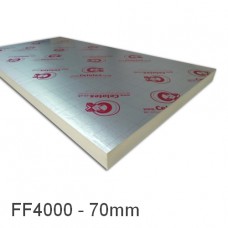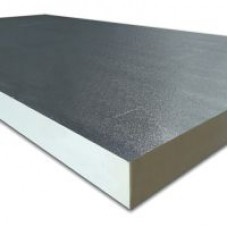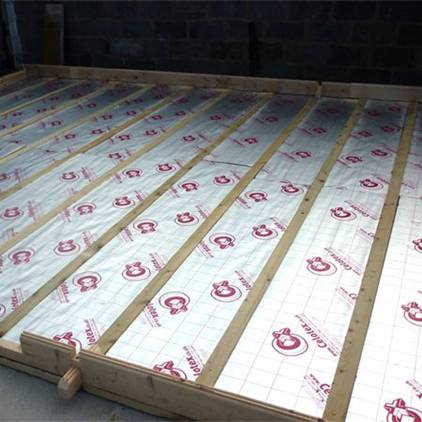Know-How on Proper Floor Insulation
Learn How to Choose and Add Insulation Accordingly
If you are tired of constantly having to keep your feet warm while spending some quiet time at home or those thick carpets are simply not doing the trick but are only too hard and expensive to clean and maintain, then you could find a very useful alternative in adding some floor insulation. Apart from contributing to your home’s thermal performance, insulation can have many other benefits for your floor and overall home interior, since it can add some stability and strength to your floor which will then last much longer and be able to withstand greater loads, just as it will keep your carpet protected from the damp rising from the basement (if any) or the ground if it is laid directly on top of it. For those people who have respiratory problems>, this further on means less germs and bacteria flying around, thus also protecting the air from potential pollutants. These are only some of the reasons we believe it is important to offer some know how on proper floor insulation.
What Kind Of Floor Do You Have?
This is actually the most important question and the first one you need to answer in order of doing the job right and that is what kind of floor do you have. Basically, this will determine the type of floor insulation material and the method of installation.
There are two basic floor types – solid ground floor and suspended timber floors. As the name indicates, these types of floors are firstly made of different materials – one is usually made of concrete and the other is consisted of timber floor boards butted together, tongued or grooved, on top of timber joists holding the construction. The other difference refers to their position since solid ground floors are usually laid directly on the ground while timber floors are supported by timber joists.
Concrete solid floors have high thermal mass (capacity to store heat) which must be taken into account when insulating, since you do not want to reduce with wrong choice of insulation material. Also, this type of floors tend to have moisture and damp problems, since under the influence of the underground processes, so it is always advised to deal with these problems prior to adding solid floor insulation.
Timber floors on the other hand are somewhat more common but also more difficult to insulation, since this usually involves lifting the floorboards which should be done with great care, otherwise you risk damaging the structure. Thus, try to add insulation without disrupting the floor boards and if this is not possible, consult a professional. Another important thing with timber floors is proper ventilation in order of preventing potential condensation problems, why you should be careful not to block or damage existing air bricks or vents and if these have not been installed, make sure to combine them with the chosen insulation material.
What Techniques Can Be Applied when Adding Insulation?
If you are wondering which material is best used for proper floor insulation, we have a few suggestions. Firstly, you can choose products that are especially designed for floors such as Kingspan K3 which is a phenolic insulation board which offers greater comprehensive strength.


On the other side, if you are looking for standard products with specific characteristics such as high level of fire resistance which can be particularly important for commercial applications, your choice can be Celotex FR5000boards which is more versatile and can be used in a number of different application, including floor insulation.
It is good to know that these boards are very flexible and can be used for both concrete floor (above) and suspended timber floors insulation (between timber joists). A thing that is important to remember is that when the boards are used in basement floors, they must be placed on the dry side and cannot be used for bearing foundation. Another important quality is that they can be easily installed, by cutting them and bringing them to the desired size and simple but together the boards without the necessity of taping board joints.
When installing insulation, a very important thing that you need to consider is the so called perimeter/area ratio which will help you determine just how much material you need and how to install it. In this case it is determined by dividing the exposed perimeter by the floor area. When adding insulation to ground floors, the perimeter/area ratio will help you determine the necessary insulation thickness by taking into account the level of insulation of the ground.

Finally, as aforementioned, a very important fact that should be considered when installing floor insulation is the condensation and moisture which can however be put under control. In order of avoiding these problems, always place the insulation boards between 500 gauge polythene (at least) and a damp proof membrane. The gauge should protect the foil covering the boards from moisture but also serve as a vapour control layer.
Improve your home insulation with our high-quality insulation products. Call us today, visit our online store or contact us for assistance by email.

























































































































